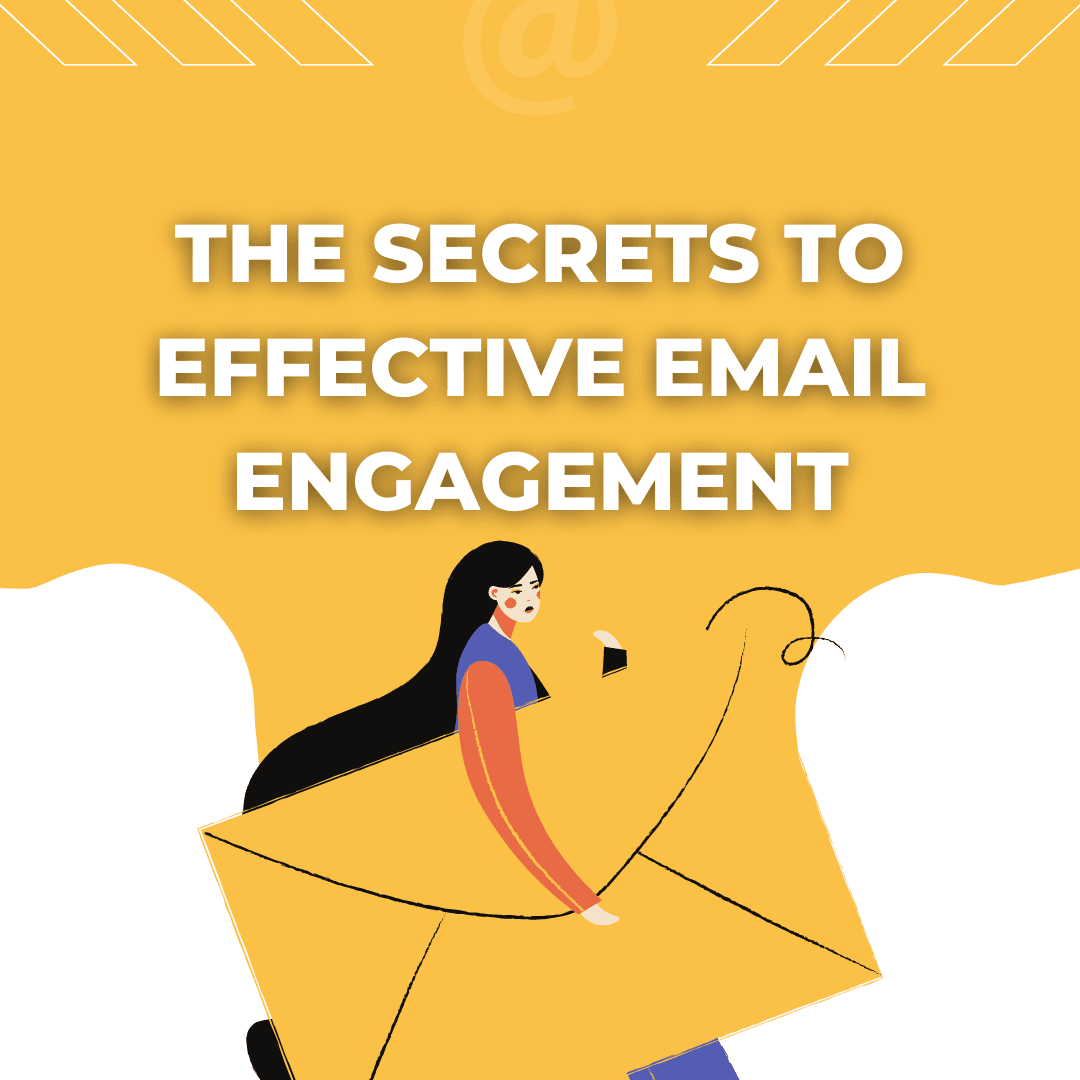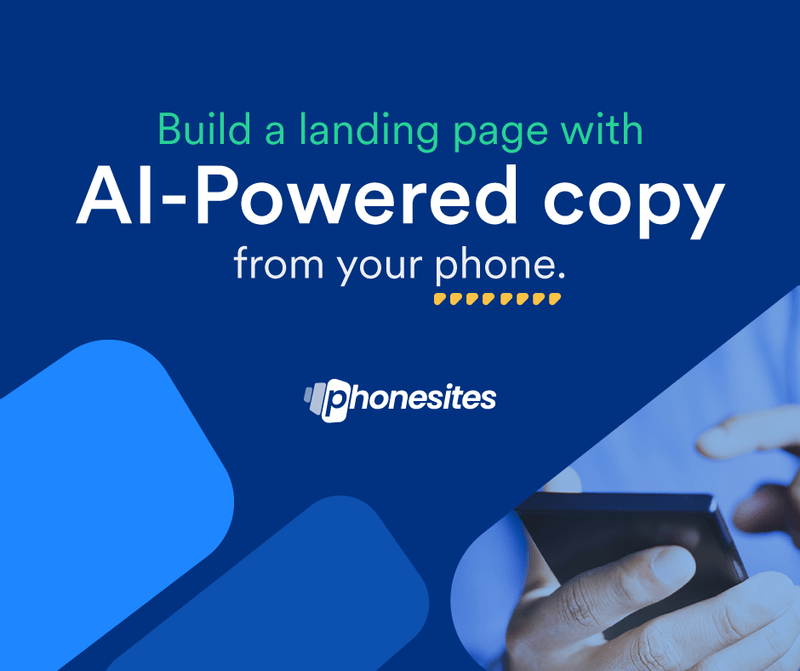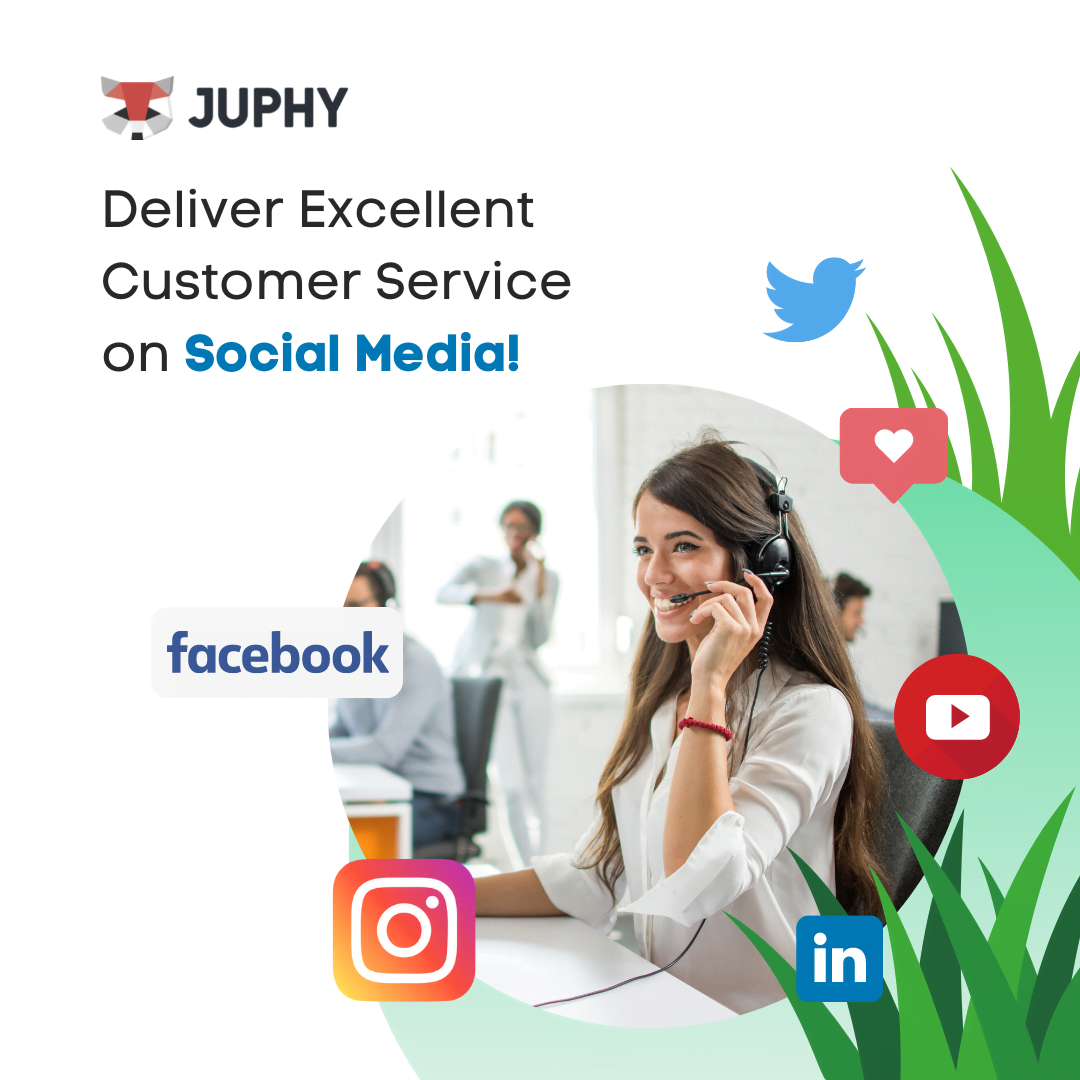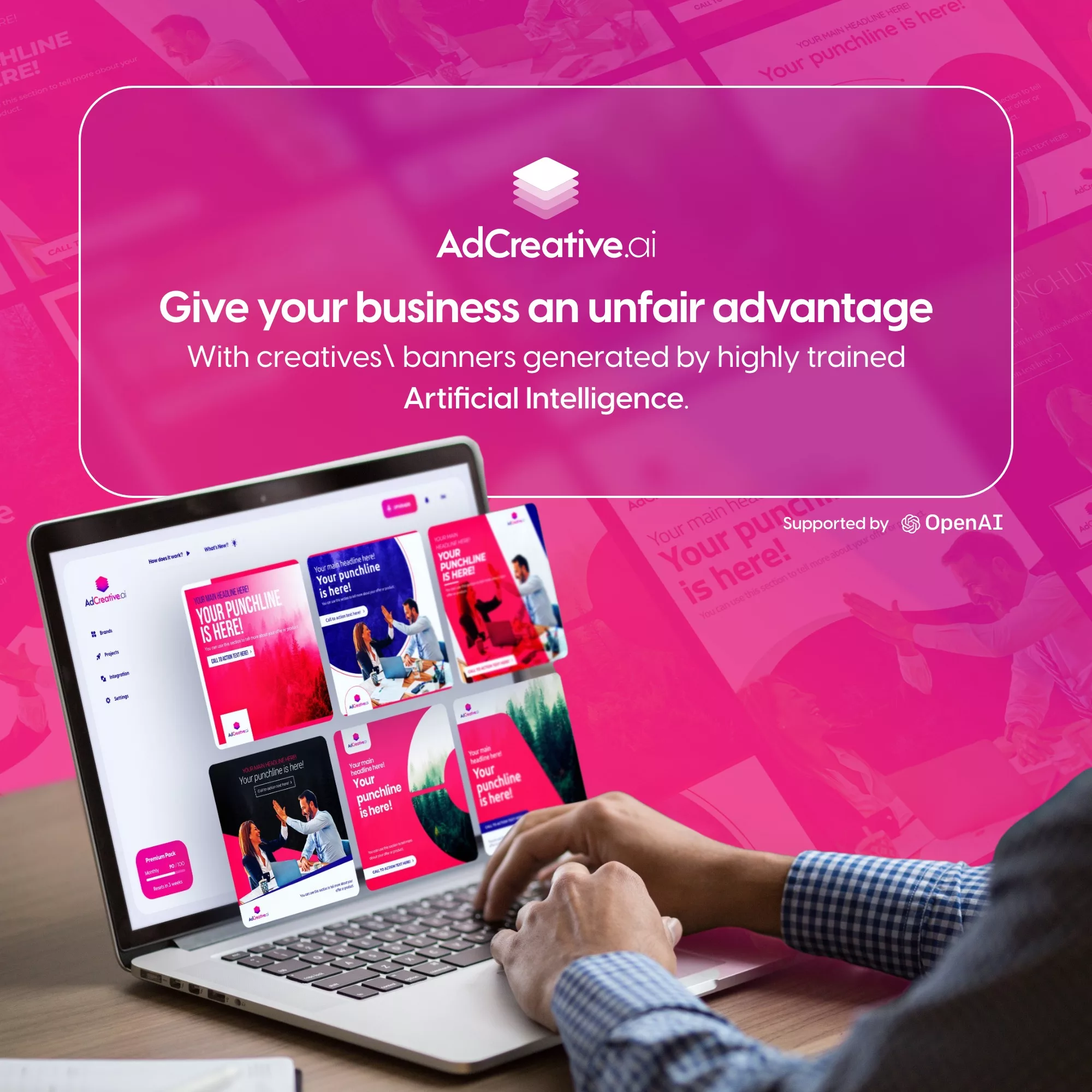
Email marketing remains one of the most powerful tools for businesses to connect with their audience. However, the effectiveness of email campaigns hinges on two crucial metrics: open rates and conversion rates. Understanding how to boost your open rates and drive conversions can make all the difference in the success of your email marketing efforts. This article shows the secrets to achieving high levels of email engagement and maximizing your marketing ROI.
Understanding Email Open Rates
What Are Email Open Rates?
Email open rates refer to the percentage of recipients who open your email out of the total number of emails delivered. It is a critical metric that indicates the effectiveness of your subject lines and the relevance of your content to the audience.
Why Open Rates Matter
High open rates are indicative of a well-targeted email list and compelling content that resonates with your audience. The higher your open rates, the greater your chances of engaging your subscribers and driving conversions.
Key Strategies to Boost Email Open Rates
1. Crafting Compelling Subject Lines
Your subject line is the first thing recipients see in their inboxes, and it plays a pivotal role in determining whether they will open your email. A compelling subject line should be:
- Short and Sweet: Aim for subject lines that are concise and to the point, ideally under 50 characters.
- Personalized: Use the recipient’s name or other personalized details to create a sense of connection.
- Urgent or Exclusive: Incorporate words that convey urgency or exclusivity to entice recipients to open the email immediately.
2. Segmenting Your Email List
Segmentation involves dividing your email list into smaller, more targeted groups based on specific criteria such as demographics, past behavior, or purchase history. By sending tailored content to each segment, you increase the relevance of your emails, thereby improving open rates.
3. Optimizing Send Times
The timing of your email sends can significantly impact open rates. Research indicates that sending emails at times when your audience is most likely to check their inbox can boost open rates. Consider factors like time zones, work hours, and the habits of your target audience when scheduling your email sends.
4. A/B Testing Your Emails
A/B testing, or split testing, involves sending two variations of an email to different segments of your audience to determine which version performs better. By experimenting with different subject lines, send times, and content formats, you can identify what resonates best with your audience and optimize future campaigns.
Driving Conversions Through Engaging Email Content
What Is a Conversion?
In the context of email marketing, a conversion occurs when a recipient takes a desired action, such as clicking on a link, signing up for a webinar, or making a purchase. High conversion rates are indicative of effective email content that successfully motivates recipients to take action.
1. Creating Relevant and Valuable Content
To drive conversions, it’s essential to provide content that is not only relevant but also valuable to your audience. This means understanding your subscribers’ needs, pain points, and interests, and crafting content that addresses them directly.
2. Utilizing Strong Call-to-Actions (CTAs)
A strong call-to-action (CTA) is a crucial element of any email that drives conversions. Your CTA should be:
- Clear and Direct: Make sure your CTA tells recipients exactly what you want them to do.
- Visually Prominent: Use buttons or bold text to make your CTA stand out in your email.
- Action-Oriented: Use action verbs that encourage immediate action, such as “Buy Now,” “Sign Up Today,” or “Learn More.”
3. Incorporating Visual Elements
Visual elements such as images, infographics, and videos can enhance your email content and make it more engaging. Visuals help to break up text, illustrate points, and create a more immersive experience for the reader, all of which can increase the likelihood of conversion.
4. Ensuring Mobile Optimization
With the majority of emails now being opened on mobile devices, it’s crucial to ensure that your emails are optimized for mobile viewing. This means using a responsive design that adjusts to different screen sizes and keeping your content concise and easy to read on smaller screens.
Measuring and Analyzing Email Engagement
Tracking Key Metrics
To continually improve your email engagement, it’s important to track and analyze key metrics beyond open and conversion rates. These include:
- Click-Through Rate (CTR): The percentage of recipients who click on a link in your email.
- Bounce Rate: The percentage of emails that could not be delivered to the recipient’s inbox.
- Unsubscribe Rate: The percentage of recipients who opt out of your email list after receiving your email.
Analyzing Engagement Data
Analyzing your email engagement data can provide valuable insights into what is working and what isn’t. Look for patterns and trends in your data to identify successful strategies and areas for improvement.
Adjusting Your Strategy
Based on your analysis, adjust your email marketing strategy to better meet the needs and preferences of your audience. This may involve refining your segmentation, testing new subject lines, or experimenting with different types of content.
Advanced Techniques for Email Engagement
1. Leveraging Automation
Email automation allows you to send targeted, timely messages to your subscribers based on their actions or behavior. For example, you can set up automated welcome emails for new subscribers or follow-up emails for those who have abandoned their cart. Automation ensures that your emails are relevant and timely, which can significantly boost engagement and conversions.
2. Personalizing Beyond the Basics
While using the recipient’s name in your email is a good start, true personalization goes beyond this. Consider using dynamic content that changes based on the recipient’s preferences or behavior. This could include recommending products based on past purchases or sending content tailored to the recipient’s location or interests.
3. Engaging Through Interactive Content
Interactive content, such as quizzes, polls, or surveys, can engage your audience more deeply than traditional static content. This type of content encourages recipients to interact with your email, increasing engagement and the likelihood of conversion.
4. Re-Engaging Inactive Subscribers
Not all subscribers will remain engaged over time, but that doesn’t mean they’re lost forever. Implement re-engagement campaigns to win back inactive subscribers. This could involve sending a special offer or asking for feedback on why they haven’t been engaging with your emails.
Key Takeaways
Effective email engagement is about more than just getting your emails opened. It involves understanding your audience, crafting compelling content, and continuously analyzing and optimizing your strategy. By implementing the strategies outlined in this guide, you can boost your open rates, drive conversions, and achieve greater success with your email marketing campaigns.
READ ALSO: Applied Digital Skills: Boost Your Tech Competence
Read our reviews that will provide insights into the real-world performance and reliability of computers and laptops.





[…] READ ALSO: The Secrets to Effective Email Engagement: Boost Your Open Rates and Drive Conversions […]